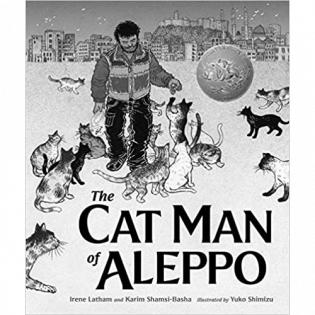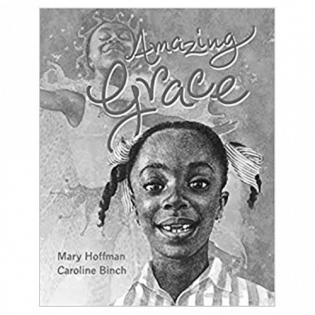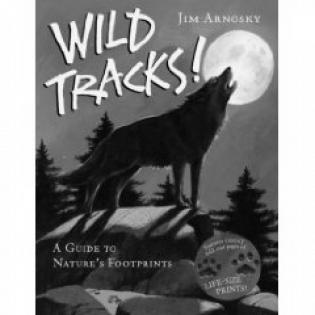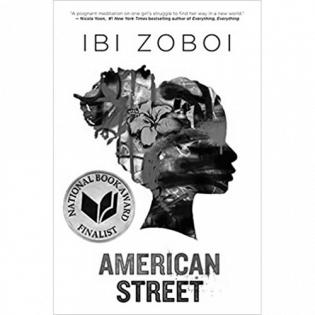In the book, Miss Tizzy, the repetition and days of the week make this warm neighborhood story predictable. Miss Tizzy is generous with the neighborhood children in so many ways. How do the children take action when Miss Tizzy gets ill?
Filter by subjects:
Filter by grades:
Filter by audience:
Filter by issue area:
Filter by content type:
Filter by resource type:
resource search
Sometimes when a child or adult has a special need, health concern, or comes from an unfamiliar faith or background, we are unsure how to act. This Little Critter book demonstrates how to be kind and curious, and show respect for their abilities and strengths.
This is the true story of a man who stayed behind in his community when war struck his Middle Eastern country of Syria. While bombs fall and everyone else seeks safety, we see his commitment to maintaining the home and community he loves.
Judith Viorst is a master at capturing the humor of everyday life in a family of three lively brothers. You will love the persistent but mistake-prone Alexander who wants so badly to be rich, VERY rich.
Grace loves stories and has a gift for telling and acting them out. She wants the part of Peter Pan in the school play. Someone tells her she can't be Peter Pan because she's a girl. Someone else says she can't be Peter Pan because she is Black.
Through beautiful images and text, we walk alongside a mother with her infant son coming to America from Mexico. We gain a sense of the hope, uncertainty, and confusion of a Latinx immigrant coming to the U.S. with its unfamiliar words and places.
What do you leave behind when you walk through the woods? Hopefully only tracks of your footprints. In this book, Jim Arnosky guides readers to learn the language of animal tracks.
This is the story of Fabiola Toussaint, a Haitian immigrant who moves with her aunt and cousins to Detroit, on the corner of American Street and Joy Road. But after they leave Port-au-Prince, Haiti, Fabiola’s mother is detained by U.S.
Sherman Alexie is a well known author for teens and adults. He wrote this, his first picture book, in part because there isn't enough representation of indigenous people in picture books. In his loving family, Thunder Boy, Jr. struggles to find his own place and name.
We all recognize that every child is born to be uniquely themselves, but we also recognize the call to conform and minimize differences. This book challenges children (and maybe adults too) to embrace the many ways we can all be our best selves. Every child is&n







